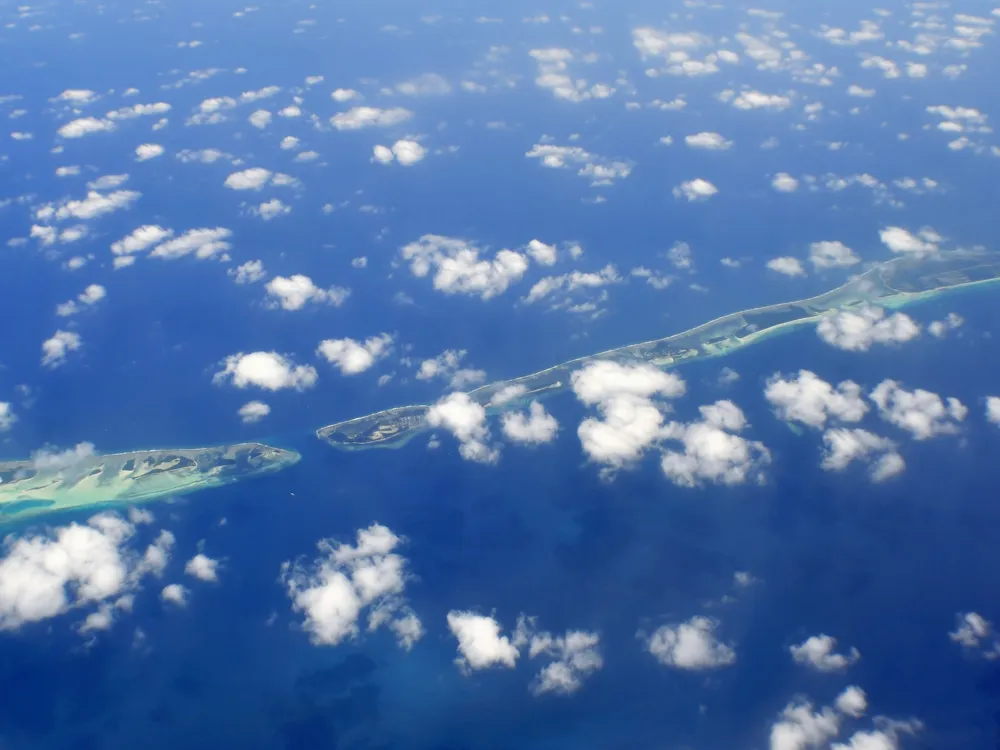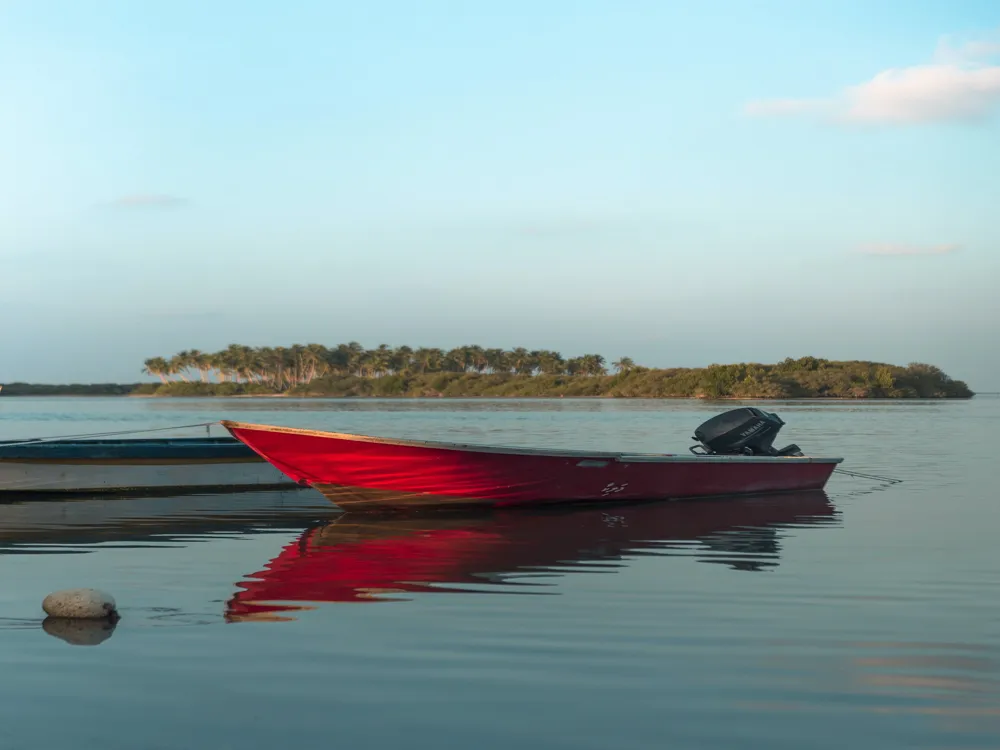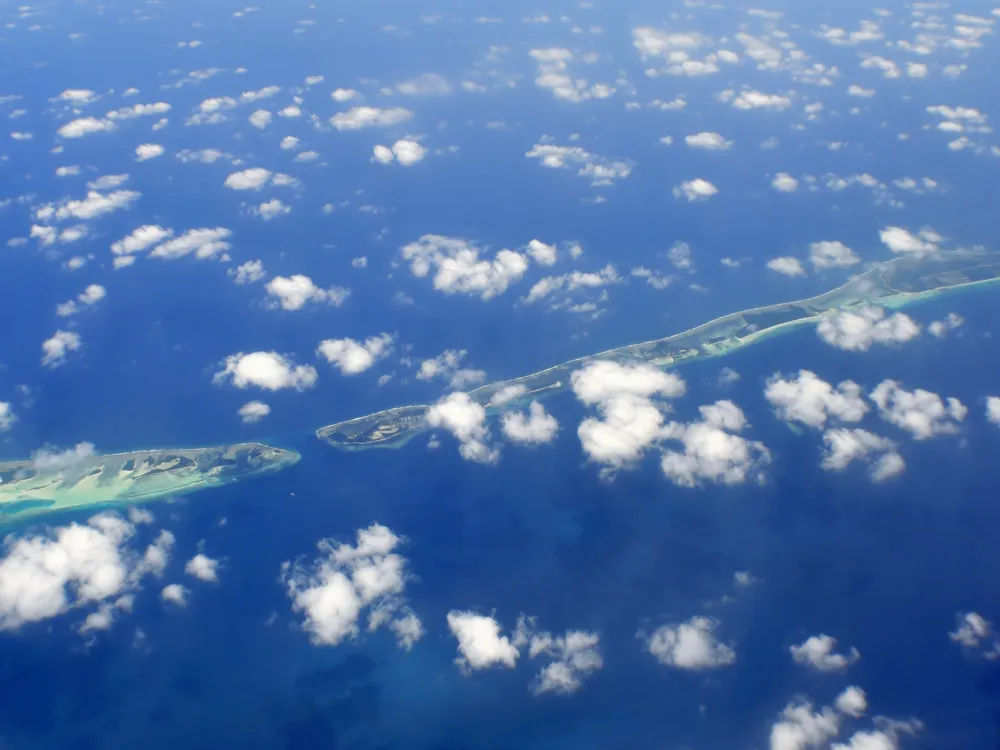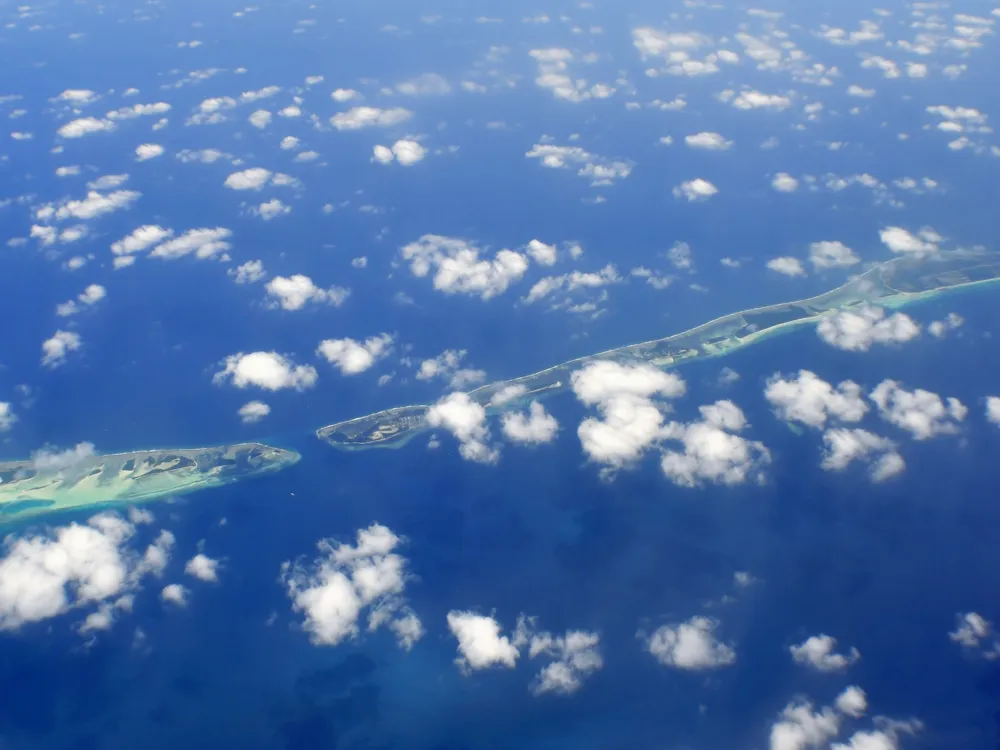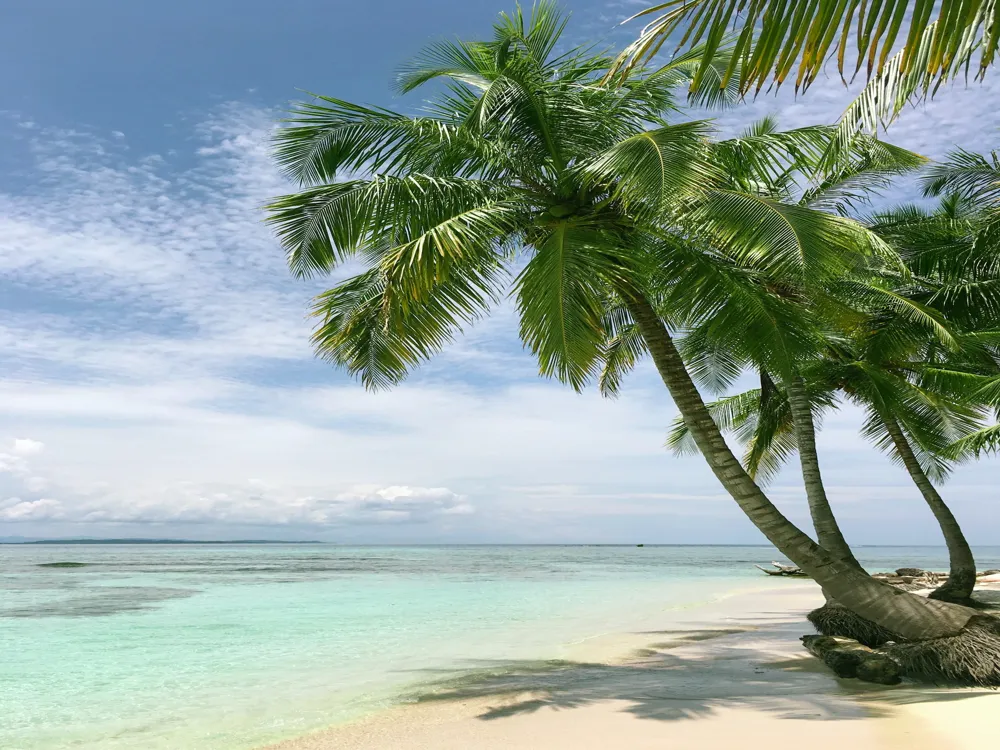Nestled in the southernmost atoll of the Maldives, Addu City is a hidden gem waiting to be discovered. Known for its breathtaking natural beauty, rich culture, and vibrant history, Addu City, also known as Seenu Atoll, stands out as a unique destination amidst the Maldivian archipelago. This alluring city offers a blend of serene beaches, lush vegetation, and a plethora of marine life, making it a paradise for nature lovers and adventure seekers alike. Unlike other parts of the Maldives, Addu City boasts a rare geographical feature - it is one of the few atolls in the Maldives that is surrounded by a large natural coral reef. This creates a natural harbor and has historically been a strategic location for maritime navigation. The heart of the city is brimming with local life, where traditional customs intertwine with modern influences, offering a glimpse into the authentic Maldivian lifestyle. The history of Addu City is as captivating as its landscapes. It has played a pivotal role in the Maldives' story, especially during World War II, when it served as a British naval and airbase. The remnants of this era, including the Royal Air Force (RAF) base, are still evident in the city, adding to its historical charm. Additionally, the city's resilience in preserving its language and cultural identity, despite external influences, is commendable. The economic life in Addu City is largely driven by tourism, fishing, and agriculture. The city's commitment to sustainable practices and community-based tourism sets a benchmark for responsible travel. Visitors are not only treated to scenic beauty but also have the opportunity to engage in various activities such as diving, snorkeling, and exploring the local culture through community interaction. Addu City's welcoming community, combined with its unique characteristics, makes it more than just a destination; it's an experience that stays with you long after you leave its shores. Whether you're seeking relaxation, adventure, or cultural immersion, Addu City promises an unforgettable journey into the heart of the Maldives. The architecture of Addu City is a tapestry of historical influences and modern adaptations, reflecting the city's rich cultural heritage and evolving lifestyle. Traditional Maldivian architecture in Addu City is predominantly influenced by its tropical climate, geographical location, and historical connections with different cultures through trade and colonization. A significant feature of traditional dwellings in Addu City is the use of coral stone and wood, materials that were readily available and suited to the tropical climate. Coral stone, known for its durability and natural cooling properties, was commonly used in constructing walls, while wood was utilized for frames, roofs, and intricate carvings. The architectural design often included open spaces, verandas, and courtyards, promoting natural ventilation and a seamless connection with the outdoors. The British influence on Addu City's architecture is evident from the remnants of the World War II era. The Royal Air Force base, with its barracks, runways, and other structures, showcases a blend of British military architecture with local adaptations. These historical structures provide a glimpse into a significant period of Addu City's past and serve as a reminder of the city's strategic importance in global history. In recent years, Addu City has seen a transformation in its architectural landscape, with modern designs and sustainable practices being incorporated. Contemporary buildings, including resorts, public spaces, and residential areas, are increasingly focusing on eco-friendly materials, energy efficiency, and minimizing environmental impact. This shift reflects the city's commitment to sustainable development and its role in global environmental conservation. Despite these modern advancements, Addu City has maintained its architectural integrity by blending new designs with traditional elements. This harmonious blend ensures that the city's heritage is preserved while embracing modernity, making Addu City's architecture a fascinating subject for both enthusiasts and casual observers alike. The ideal time to visit Addu City is between November and April, when the weather is dry and the seas are calm, offering perfect conditions for outdoor activities and exploration. Respect local customs and dress modestly when visiting inhabited islands. Familiarize yourself with local etiquette, such as removing shoes before entering homes or places of worship. The most common modes of transportation are bicycles, scooters, and taxis. Renting a bike or scooter can be a fun and efficient way to explore the city at your own pace. Addu City offers a range of accommodation options, from luxurious resorts to cozy guesthouses, catering to different budgets and preferences. Engage in cultural experiences by visiting local villages, trying traditional Maldivian cuisine, and participating in community activities to gain a deeper understanding of the local way of life. Don't miss out on the plethora of activities available, including snorkeling, diving, fishing, and exploring the lush vegetation and unique wildlife of the atoll. Reaching Addu City is a journey in itself, filled with anticipation and excitement. The primary gateway to Addu City is through Gan International Airport, which is well-connected with flights from Malé, the capital of Maldives, and other international destinations. Upon arrival, visitors can opt for taxi services or pre-arranged transportation to reach their accommodations. For those seeking a more scenic route, a domestic ferry service is available, offering a unique perspective of the Maldivian seascape and an opportunity to embrace the serene beauty of the Indian Ocean. Read More:Discover the Enchantment of Addu City, Maldives
Exploring the Architectural Marvels of Addu City
Essential Tips for an Unforgettable Visit to Addu City
Best Time to Visit
Local Customs and Etiquette
Transportation in Addu City
Accommodation Options
Cultural Experiences
Adventure and Activities
Navigating Your Way to Addu City
Addu City
Maldives
₹ 34,250 onwards
View maldives Packages
Maldives Travel Packages
View All Packages For Maldives
Top Hotel Collections for Maldives

Private Pool

Luxury Hotels

5-Star Hotels

Pet Friendly
Top Hotels Near Maldives
Other Top Ranking Places In Maldives
View All Places To Visit In maldives
View maldives Packages
Maldives Travel Packages
View All Packages For Maldives
Top Hotel Collections for Maldives

Private Pool

Luxury Hotels

5-Star Hotels

Pet Friendly








